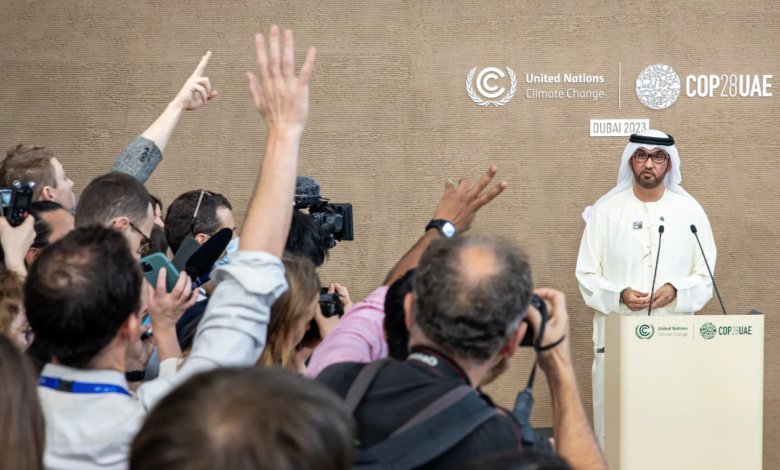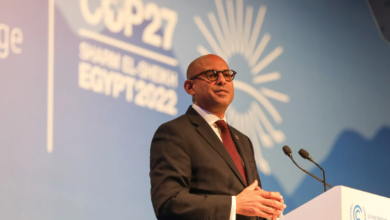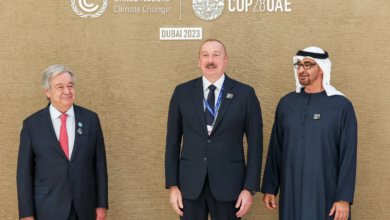COP28 climate summit: where are we on the farewell to fossils?

All options under discussion talk about phase-out
(sustainabilityenvironment.com) – 48 hours before the end of the COP28 climate summit, there is still a “clean” draft of the Global Stocktake, the document that contains the potentially more ambitious goals that will come out of the Dubai conference. Goodbye to fossils, triple the installed capacity of renewables by 2030, targets on mitigation and adaptation: all chapters are still under discussion, with very few fixed points.
The point about the farewell to fossils
Much of the debate over the past few days has focused on stopping fossil fuels. Compared to the previous text, the one on which the national delegates are working has gone from 3 to 5 options (the last one is “no text“). With some positives and some minuses. One stands out, and that’s good: all options talk about phase-outs. Let’s see them in detail.
Option 1 – “Phasing out fossil fuels in line with the best available science“. The strongest and most ambitious version that can enter the final text. Compared to the previous draft, the one dated December 8 adds the reference to climate science. It does not give a time horizon or a roadmap, but the reference to scientific evidence somehow covers this gap.
Option 2 – “Phasing out fossil fuels in line with the best science, the paths to 1.5°C IPCC and the principles and measures of the Paris Agreement“. Compared to the previous option, this adds a reference to the target of 1.5 degrees: it is a way to make sure that the phase-out starts immediately and is not delayed. But there is also the reference to the Paris principles, among which are the “common but differentiated responsibilities” (also mentioned elsewhere in the document on Global Stocktake). The principle that involves a farewell to fossils accelerated in countries with the greatest responsibilities in the climate crisis.
Option 3 – “A gradual phasing out of non-fossil fuels by recognizing the need for a peak in their consumption within this decade and stressing the importance for the energy sector to be largely fossil fuel free well before 2050″. It includes the “unabated“, the very vague reference to the possibility of using CO2 capture and storage technologies. It is therefore a question of reducing fossil emissions and not fossil fuels. It does not affect the production and business model of the oil & gas industry.
Option 4 – “Phasing out non-abated fossil fuels and rapidly reducing their use to achieve zero net CO2 emissions in energy systems by or around the middle of the century”. We speak only of use and not of production, skip the reference to the 2030 horizon replaced by a vague “rapid”, we speak only of CO2 and not of all emissions, and the latest date to complete the phase-out slips to after 2050 (what later is not said).
Other hot issues at the COP28 climate summit
Other aspects of the text on Global Stocktake also remain far from their final form. At this stage the COP28 in Dubai lacks a reference to the target of 1.5 degrees in the preamble, the part of the document that should contain the cardinal principles that inform cascade the rest of the draft. Although 1.5°C is mentioned in other paragraphs, it is a less powerful way of recalling the more ambitious goal of Paris.
There is a rather strong reference to common but differentiated responsibilities (CBDR)which has been the basis of climate diplomacy since the Rio Conference in 1992, but is now even more important in the eyes of developing countries because it allows them to set different paths for ambitious targets such as, For example, the gradual cutting of oil and gas production. A point on which the preamble returns, for example by quoting in point 8 historical responsibilities and setting accelerated transition paths for the countries most responsible for the climate crisis, which should “guide on mitigation actions”.
There is also a lack of clarity on peak emissions, another key parameter for measuring the speed of transition. The two options at stake, for now, mention 2025 – in line with what emerges from the IPCC reports – and the other does not put a date but calls for not exceeding national carbon budgets, a way to integrate the CBDR principle. Finally, the sections of the climate finance document have not yet converged. The options reported reflect, in essence, the different positions that states had before reaching the COP28 climate summit.






One Comment